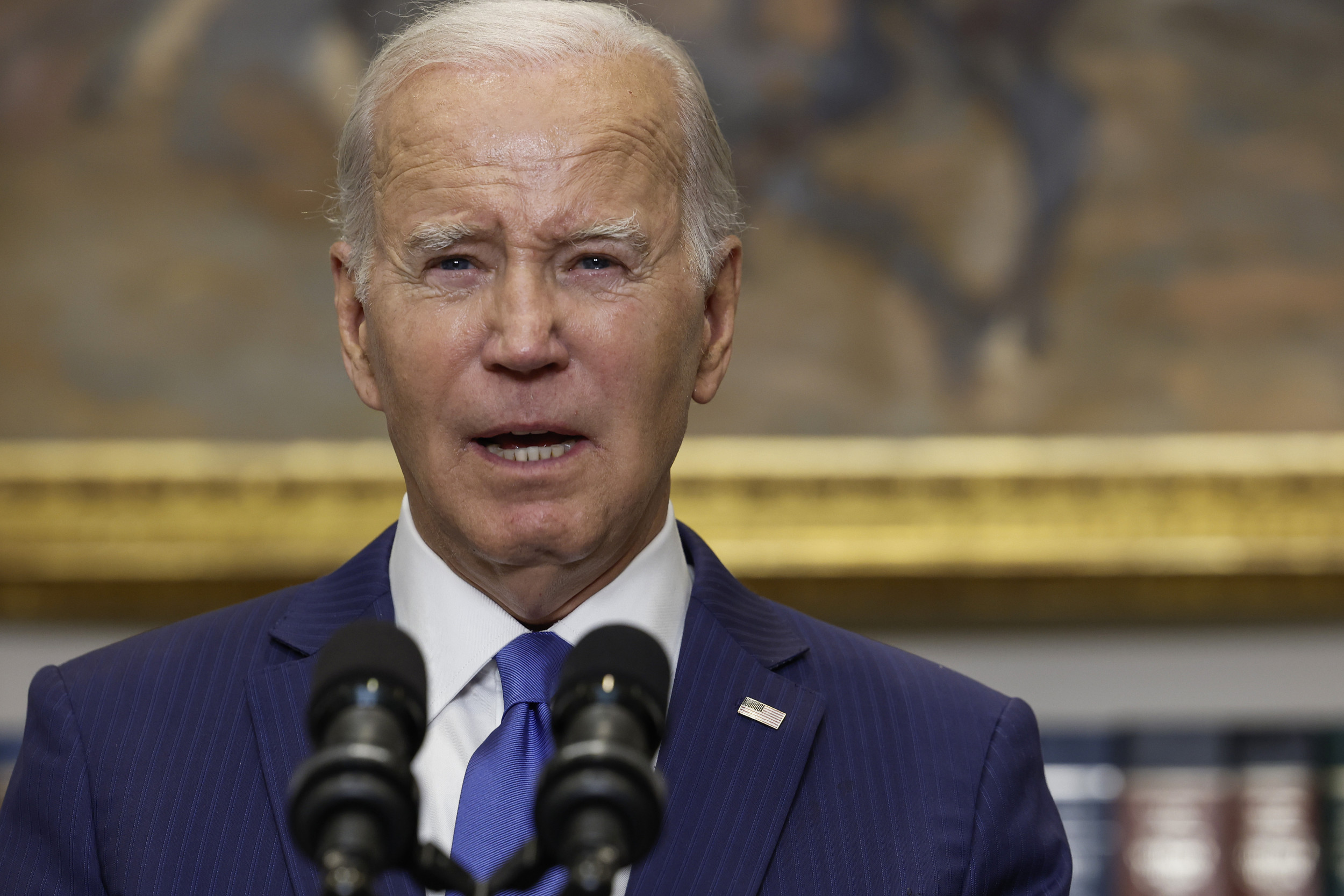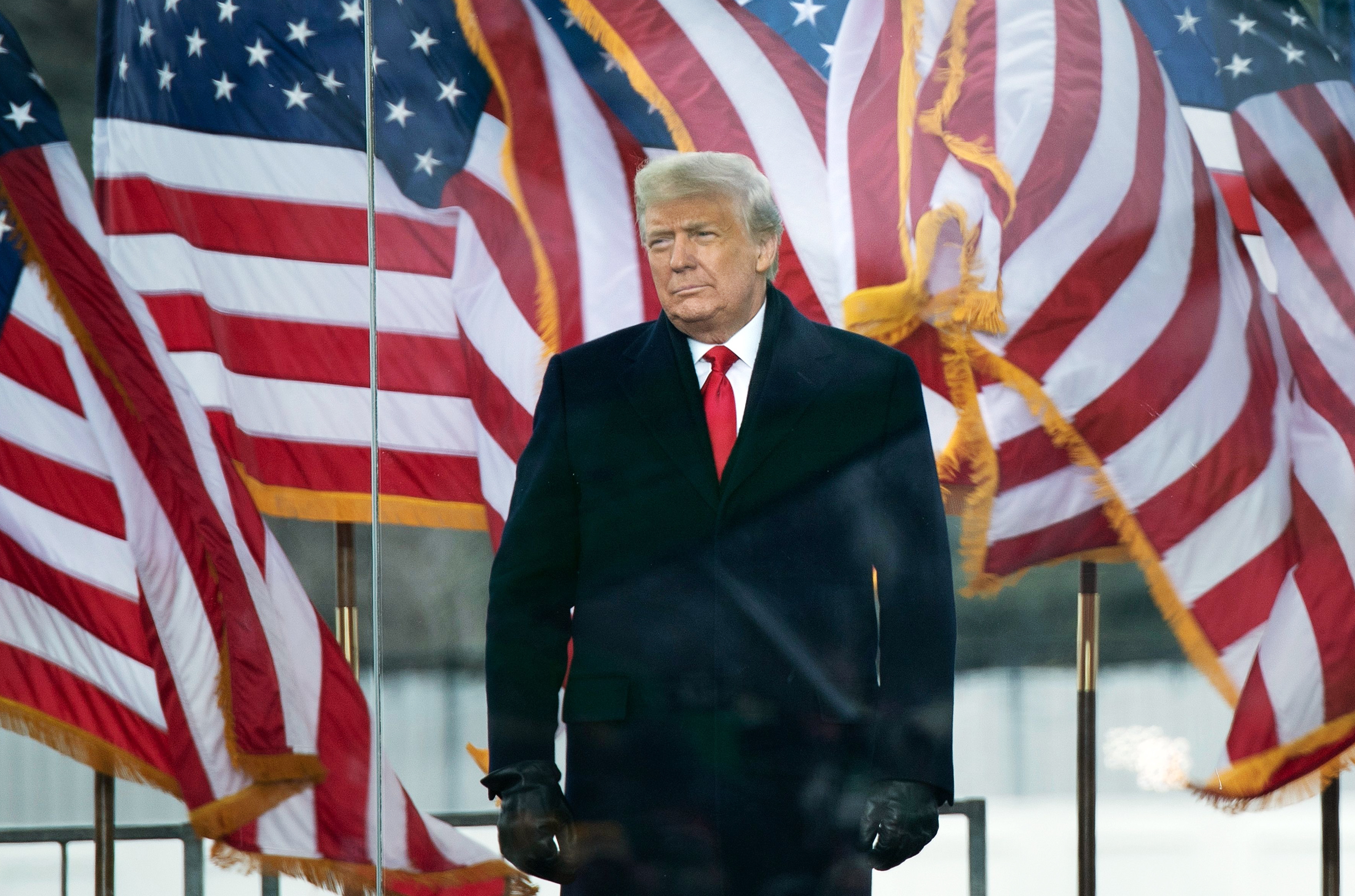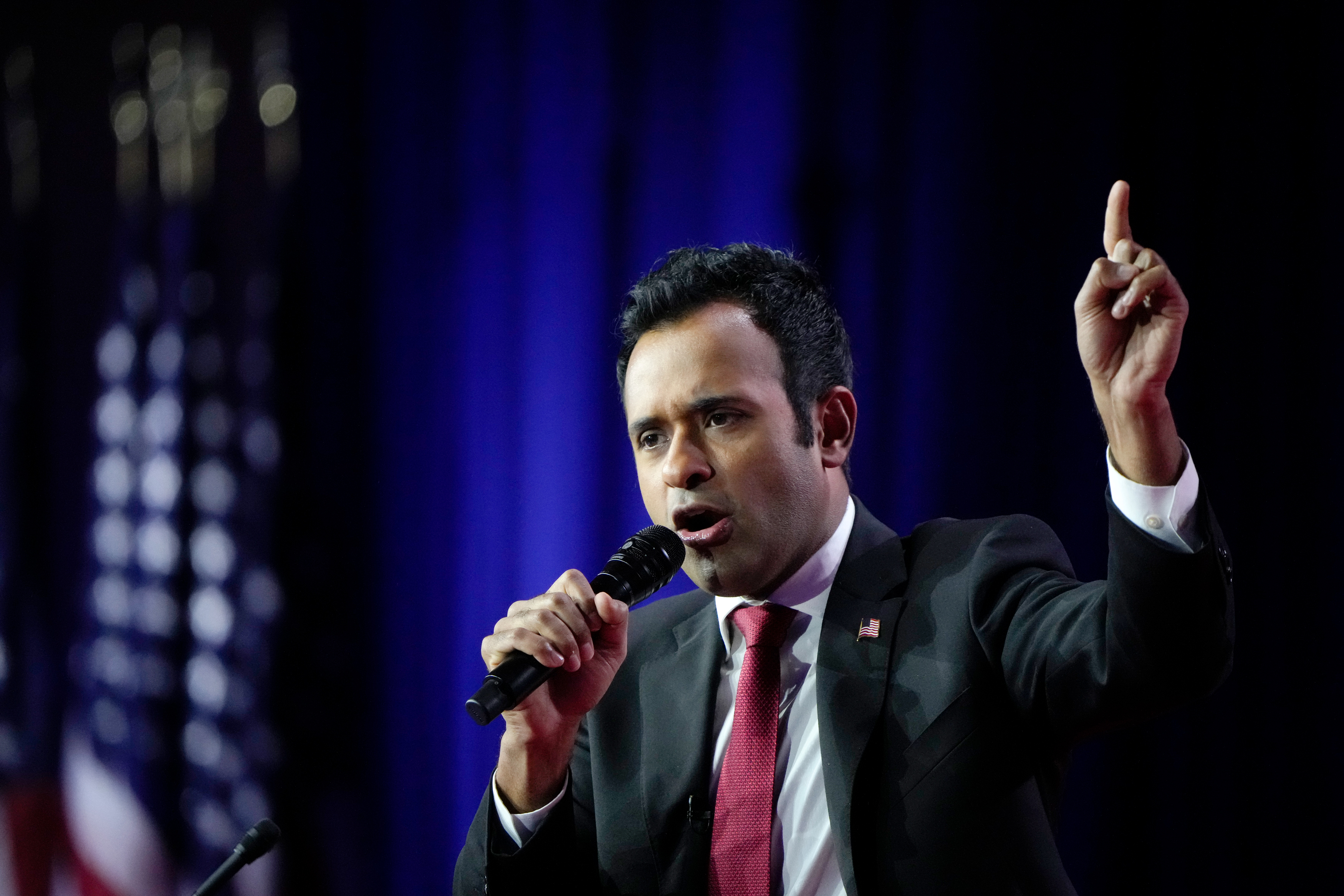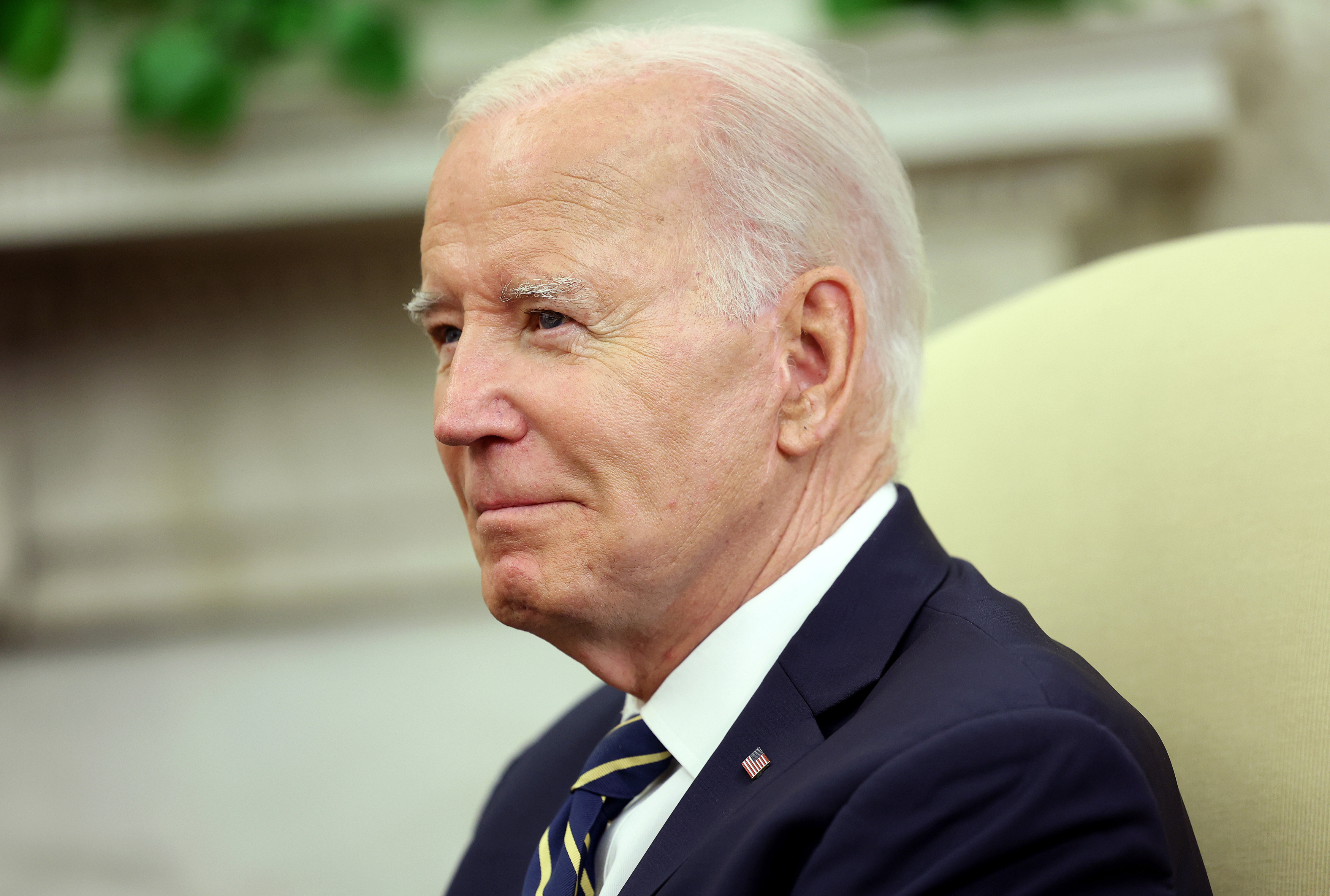Donald Trump has a plan to fix America's chaotic housing market. Whether it's a coherent one is another story.
Speaking at an event in Council Bluffs, Iowa, on Friday, the former president and son of millionaire affordable housing developer Fred Trump laid out his strategy to break the consumer gridlock in the nation's persistently competitive and expensive housing market.
First, cut energy costs. Then, cut interest rates. Then, the economy will improve.
That's it.

"When the economy gets better, it's hard to get better when you have high energy prices," Trump said, according to a transcript of the event. "We'll get the prices way down and then the interest rates down and then the home builders will start building again, because nobody can get money from the bank because the interest rate's high."
Newsweek has reached out to Trump's campaign via email for clarification on what he meant. But that brief snippet of housing policy has little bearing on the realities of why housing prices are so high.
While economists consider housing costs to be the primary drivers of inflation, the actual prices of homes are driven primarily by factors including wages, market demand, and the cost of materials themselves—of which energy and fuel costs are only contributing factors.
Another factor contributing to home prices notably includes the cost of foreign materials, which spiked after Trump imposed a series of tariffs against foreign-produced materials in countries like China and Canada during his presidency.
And while high-interest rates have potentially chilled new developments and home purchases by increasing the long-term cost of projects, the policy is also a necessary one—and out of the president's control.
Ultimately, it's the U.S. Federal Reserve that controls interest rates. Not Congress. Not the President. And while interest rate hikes have an inherent chilling effect on economic activity, the policy approach has long been considered one of the most effective tools available to help curb inflation.
And the policy appears to be working: as unemployment fell to just 3.6 percent in a recent jobs report, new data released Friday by the Bureau of Labor Statistics showed the still-growing job creation numbers under Biden had begun to slow, a sign the red-hot economy was beginning to cool.
Job growth is slowing: The 209k jobs added in June were the fewest since December 2020, and the 3-month average is also trending down. But the slowdown has been very gradual -- the surprising resilience of the labor market remains very much intact. pic.twitter.com/uCpnZ4rB9c
— Ben Casselman (@bencasselman) July 7, 2023
White House economists, meanwhile, are beginning to be able to make the case that their strategy of interest rate hikes to stall inflation is starting to take effect.
After months of doomsaying, some analysts have begun to step away from prior predictions of a recession as the recent trend of inflation, according to White House data, is beginning to fall.
According to a June 27 memo by the White House Council of Economic Advisers, U.S. inflation has already peaked and is now beginning to trend downward into the summer months, with U.S. inflation currently lower than the rest of the G7 member countries.








